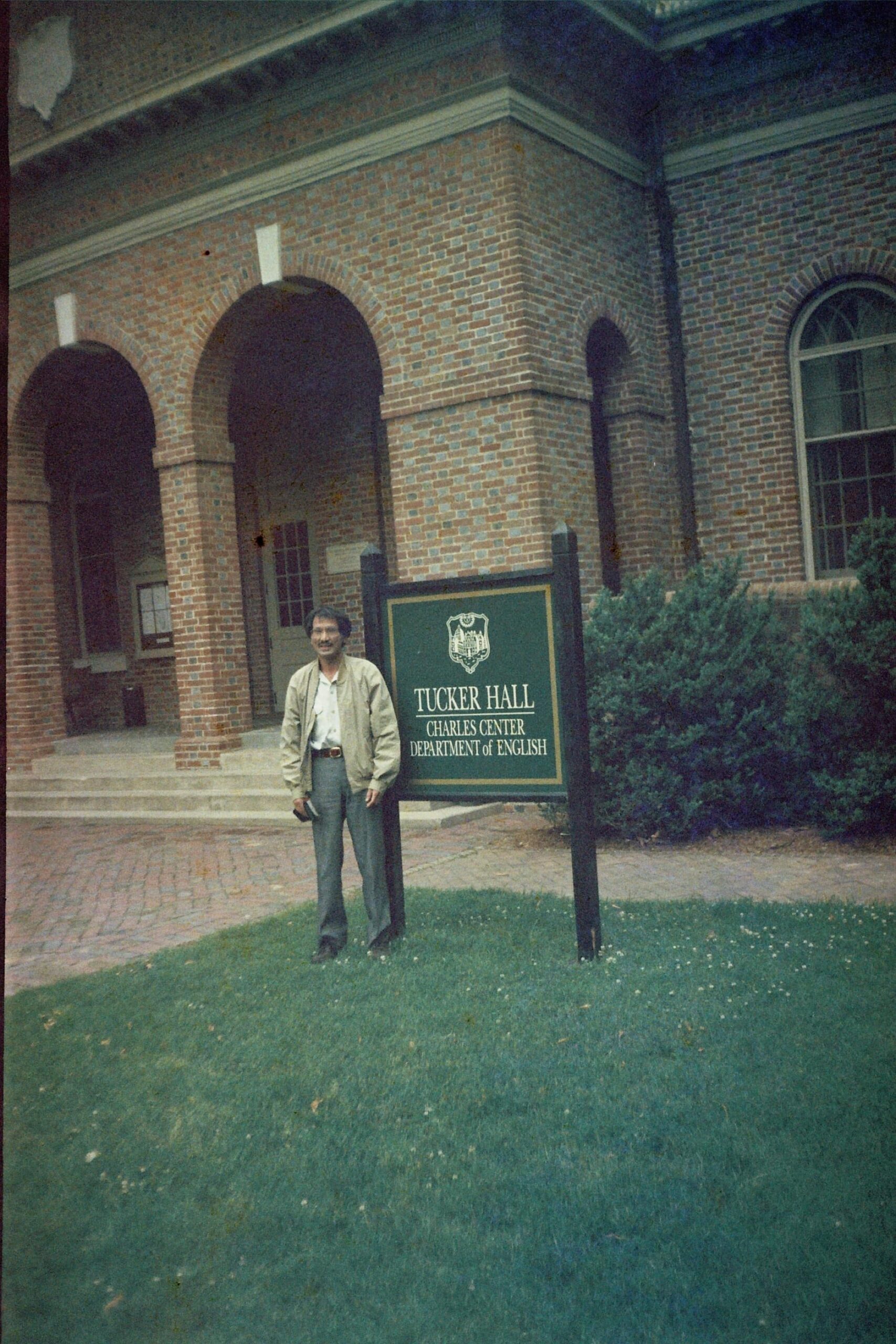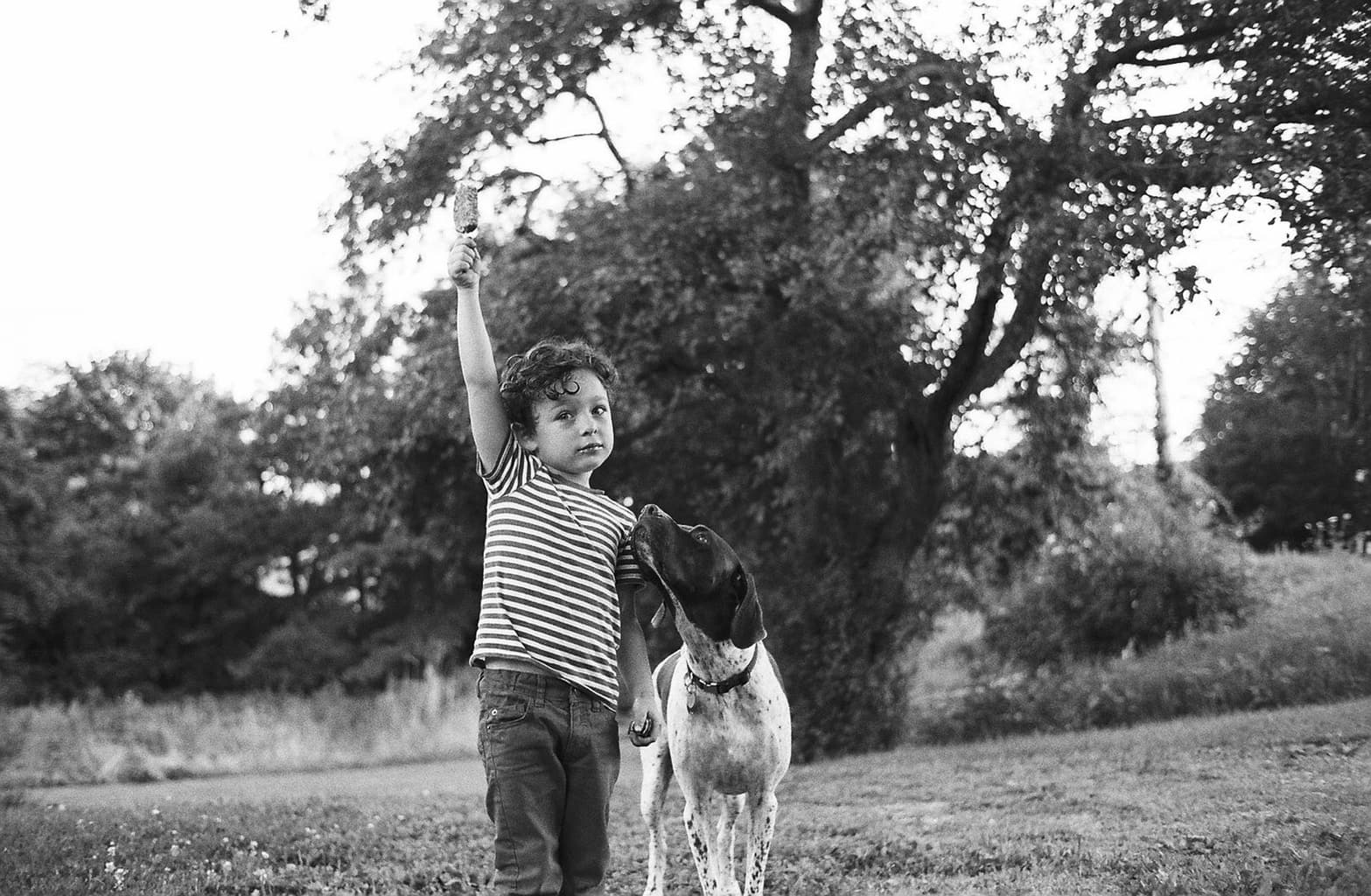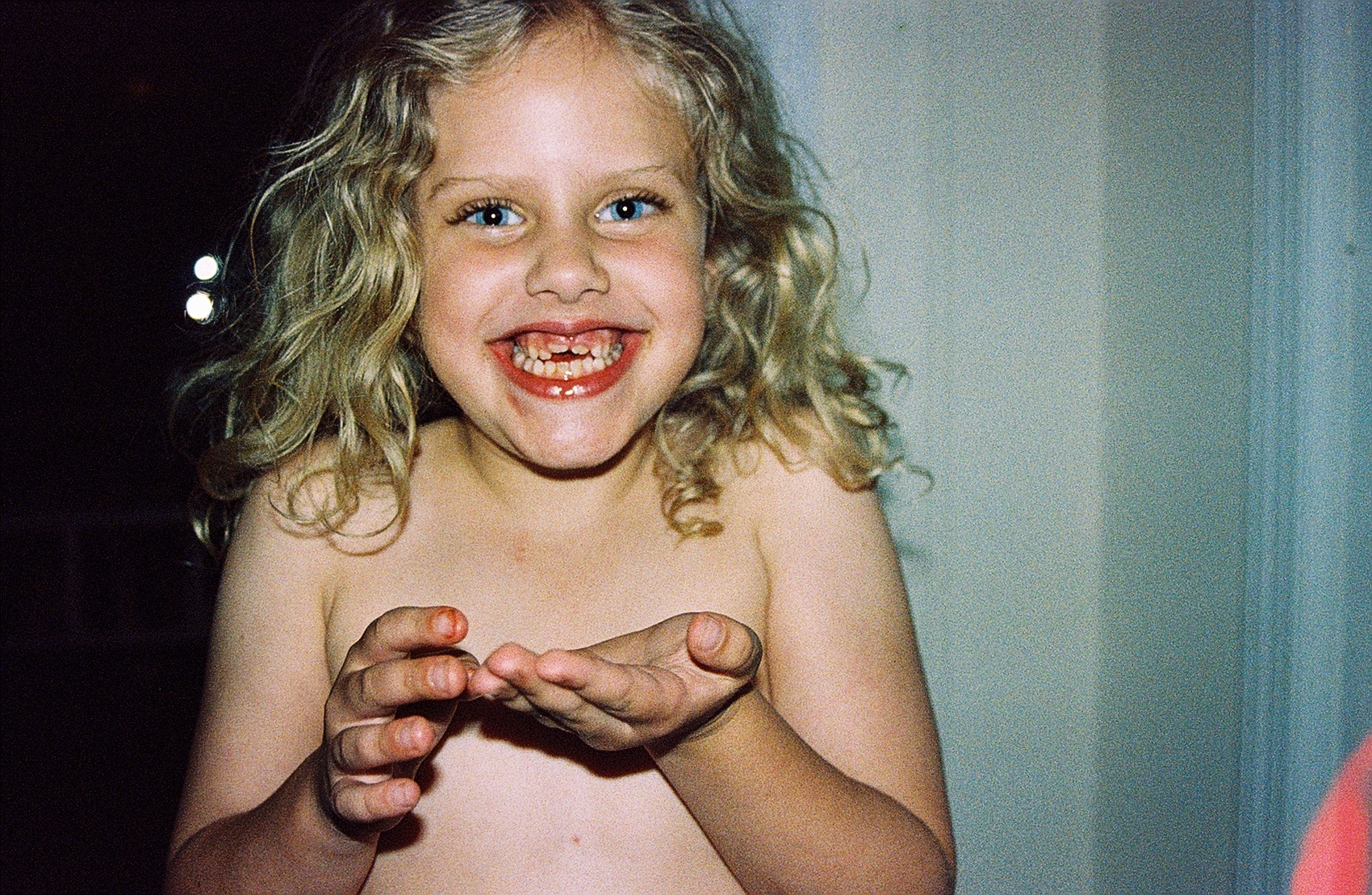Share
Lost Rolls and Recovered Memories
Grab your lost rolls for Ron Haviv’s latest project… If you don’t know photographer Ron Haviv or his work, you should. Over the last three de...

Grab your lost rolls for Ron Haviv’s latest project…
If you don’t know photographer Ron Haviv or his work, you should. Over the last three decades, Haviv has made his name documenting more than twenty-five conflicts. His work in the Balkans was used as evidence to indict and convict war criminals at the international tribunal in The Hague; his photographs of the parliamentary violence in Panama were among the reasons for the 1989 US intervention there. And that’s just some of the recognition he has received for raising awareness about human rights across the globe. He is a founder of photo agency VII and one of the world’s foremost conflict photographers.
A few months back, Ron brought us his idea for a project called Lost Rolls America — based on his own recent book, The Lost Rolls, that took a look back at some of the rolls of film that he had neglected to develop over the years. The Lost Rolls was a bit different than his other work. Some images, of course, documented conflict. But others were very personal. Work he had never seen himself let alone shown in public. It became a project about memory.
Knowing that he wasn’t alone in having unexposed film in dark corners of the refrigerator or deep crevices of an old file cabinet, Ron wanted to extend the experience he had to a wider audience. Lost Rolls America seeks to build national archive of images from the public’s lost rolls, and act as a digital repository of visual memories.
We couldn’t resist participating. So, we teamed up with Ron and Fujifilm to help bring the project to life. Here we chat with him about what inspired his original project and what he hopes people will get out of finding their own lost rolls. You can send in yours by downloading the form from the Lost Rolls America site. And you can see the archive here.

Photo by Amy Tanaka
What prompted you to create the Lost Rolls as a personal project?
I was always aware, over the course of the last 25 years, that were certain bags in my studio that had film in them that hadn’t been processed. I knew there was some gathering of material, and eventually, it reached a point where it was a logistical, financial impossibility to process all the film. And then one day, I was speaking with Dan Milnor of Blurb. We had been talking about doing a project together, so I floated this idea. I told him that I had a few rolls of film that were exposed but not processed. “Maybe it’d be cool to process them and see what’s there,” I said. So Dan and I processed the film. The experience was very interesting. In some ways, that word doesn’t really do it justice; it involved so many layers—memory, emotion, forgetfulness, and so forth. So it’s hard to describe just how the experience felt. There I was looking at the film, some of which I remembered taking, some of which I didn’t. Dan and I started thinking about what this project actually means in greater sense. I told Dan I had more film, and in the end, it wound up being over 200 rolls.
Why now?
The idea of “why now?” wasn’t really the question when I began developing the film. It was only after I had the rolls processed that I realized that something more was at stake. This became about “the now,” as I thought through how my rolls and my memories had changed over the years, through the shift from analog to digital film. So it seems to me that now, in fact, is very important, as fewer and fewer people shoot on film. This idea of finding the old rolls will be less and less a reality in the future.
What are some of the things you learned during the process of pulling it all together?
It was very emotional to see some of the old images, especially those of dear friends, several of whom have since passed away. The process forced me to think about how time passes. And beyond that, to think about how memory sometimes fails. I couldn’t remember many of the photos that were there on my film. So I had to consider things like: What is the relationship between memory and photography? How do we rely on photos as documents of memory? Do we remember better if we process the film sooner? I suspect we do.
Do you have a favorite image or story that you uncovered?
The photo of Alexandra Boulat was especially meaningful. Here’s what I wrote for the Lost Rolls America archive:
This image was incredibly bittersweet. Taken at the wedding of friends Santiago and Emma, it was a day of happiness. But Alex passed away a number of years ago. She was an important part of my life. We photographed war together and spent time together building a business. She was a unique person and someone that I miss often. While I was happy to see a new image of her–especially of her smiling–it was difficult not to be melancholic as well.
Undertaking a national project like Lost Rolls America is no small feat. What prompted you to want to extend your idea to a broader audience?
From the beginning, it was my thought that this project was bigger than me. As soon as I was asking those questions about the relationship between memory and photography, I was already thinking about this topic beyond myself. This is a shared phenomenon. Even in informal conversations with friends, I’d noted this, and I was always hearing that people had film tucked away in a drawer somewhere. This was confirmed when I went on a book tour. I would ask people if they had unprocessed film, and consistently, more than half of the people in the audience always did. What was surprising was that it crossed all age groups—from millennials on upward. This suggests that many people have unprocessed film, with a real interest in revisiting the past through lost photographs.

Photo by Ashley Gilbertson
What’s your hope/goal for the Lost Rolls America project?
It’s pretty amazing to see the past before your eyes, especially a lost past—a person or time or place you hadn’t thought of in a very long time. We’ve had a number of people submit to the archive, and the recollections in response to their images range from humorous, to nostalgic, to sad, to contemplative, to those who can’t remember the image they took. What’s amazing, even beyond getting these personal glimpses into how people react to seeing their past visually, is when I hear from others who visit the archive and say how moved they are by the photos or the memories. Usually, people tell me that they connect with the images or the memories on some level. So even though the memory belongs to a single person, there’s a way in which our memories can be relatable to others—and the fact that photography plays a role in that is really fascinating.
I hope the archive grows and grows, and more people contribute their photographed pasts, to build a diverse and meaningful cross-section of memories and visuals. It’d be exciting to learn new ways of thinking about the dynamic between memory and photography as this archive grows.
Why should people participate?
Lost Rolls America is of and for the public. Anyone can submit to the archive to have his/her photo and memory be a part of this shared experience. At the moment, the scope is the American public while in the future, we hope to broaden to the Lost Rolls to other places.
The LRA archive celebrates the tremendous role that photos play in our lives and in the way we remember our pasts. Join us and make sure you don’t leave any memories locked away…
To submit your own undeveloped “lost” roll, visit http://lostrollsamerica.com/participate/.



